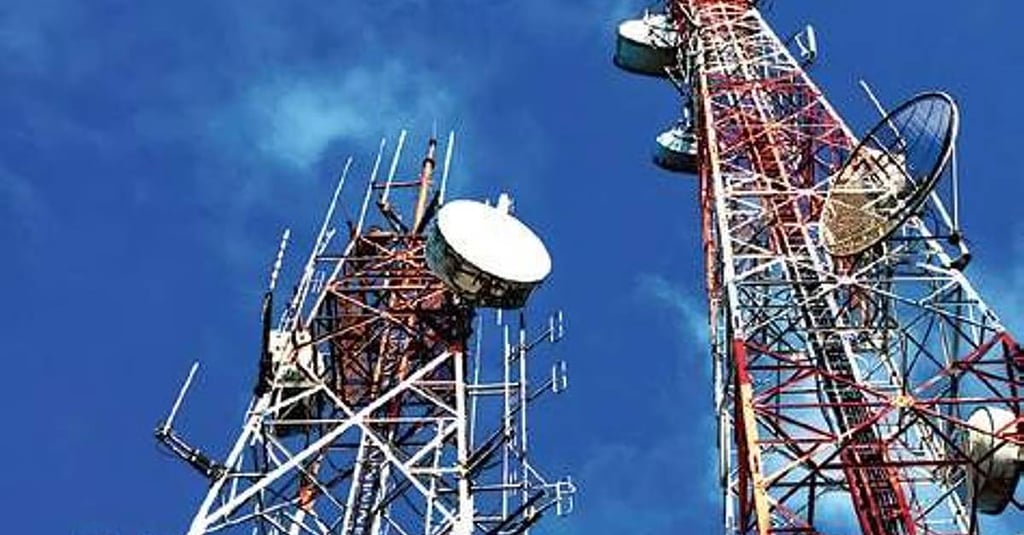Government ensures stronger mobile coverage in Sikkim’s border villages and Northeast region
In times of natural disasters or emergencies, mobile connectivity plays a vital role in rescue, relief, and coordination. As such, reliable mobile coverage is considered not just a matter of development, but also of strategic national interest.
LOCAL


The Government of India has made notable progress in bringing mobile connectivity to the far-flung border villages of Sikkim and the larger Northeast region. In response to a question raised by Sikkim’s Member of Parliament, Dr. Indra Hang Subba, the Ministry of Communications has shared updated figures that reflect the outcome of sustained efforts to improve digital infrastructure in some of the most difficult terrains in the country.
According to the Ministry’s reply in the Lok Sabha, out of a total of 5,200 villages or habitations located in the border areas of the Northeast, mobile network coverage has already been provided to 4,696 villages. This means that more than 90% of these remote areas now have access to mobile connectivity, a development welcomed by people living in these regions, who have long struggled with poor or no signal.
For Sikkim in particular, the news is even more encouraging. The state, which shares international borders with China, Bhutan, and Nepal, now has all 68 of its identified border villages connected to mobile networks. In addition, under the Digital Bharat Nidhi (DBN) scheme, 11 mobile tower sites have been commissioned to provide connectivity to 13 villages. This includes many settlements that are located in strategic and often high-altitude zones.
The DBN scheme, formerly known as the Universal Service Obligation Fund (USOF), has played a crucial role in expanding telecom infrastructure to places where commercial telecom operators are hesitant to invest due to high costs and low returns. In the last five financial years, from 2020–21 to 2024–25, the Government has sanctioned and released a total of ₹1,775.53 crore for telecom projects in the Northeast. These funds have been used for setting up mobile towers, improving backhaul connectivity, and offering reliable services in areas that had been left behind in the country’s digital journey.
Dr. Indra Hang Subba, who represents Sikkim in the Lok Sabha, appreciated the Ministry’s efforts but reminded that more work still lies ahead. “Mobile connectivity is not only about making phone calls,” he said. “It’s about ensuring access to education, healthcare, e-governance, and emergency services. For border areas, it also strengthens national security. I am glad to see that all 68 border villages in Sikkim have coverage, but I will continue working to ensure that every household in every remote part of our region is digitally connected.”
In Sikkim, where hilly terrain often makes road access difficult, mobile phones are more than just communication tools—they are lifelines. Villages near the border that used to rely on radio sets or word-of-mouth for information can now use smartphones to connect with the rest of the country. For young people especially, this change has opened doors to online education, job searches, and even remote work opportunities.
Officials from the Ministry also noted that these improvements are a part of India’s larger effort to strengthen its presence and governance in border areas. In times of natural disasters or emergencies, mobile connectivity plays a vital role in rescue, relief, and coordination. As such, reliable mobile coverage is considered not just a matter of development, but also of strategic national interest.
In the coming months, the Ministry of Communications is expected to take further steps to ensure that the remaining 504 border villages across the Northeast also come under the mobile network coverage umbrella. Field surveys and planning are already underway, and efforts are being made to overcome logistical challenges such as difficult terrain, extreme weather, and low population density.
In places like North Sikkim, which has some of the highest-altitude settlements in the country, technicians have to work in harsh conditions to install and maintain mobile towers. Yet the demand for connectivity from the local population remains strong.
